Chicago: Where Crime Scenes Increasingly Have Lane Markers

There’s no shortage of ink spilled about the sky-high murder rate in Chicago, but the Windy City’s most overlooked crime scene isn’t a particular neighborhood or address. It’s the freeway.
In a year where Chicago homicides hit a 20-year high (762, up 57 percent from 2015), shootings on the city’s freeways topped all previous tallies. The city blames the increasing roadway bloodshed on rising gang violence, but the danger to motorists seems likely to rise if authorities can’t figure out a way to stamp out the problem.
According to Reuters, the total number of shootings on the city’s freeways totaled 47 in 2016, up from 37 the year before. Three of the shootings were fatal. To put those numbers into context, the city recorded 19 freeway shootings in 2014, 16 in 2013, and just nine in 2012 and 2011. Records only go back that far.
As murders skyrocketed in 2016, so too did shootings. The gun-unfriendly jurisdiction saw 1,100 more shootings last year than in 2015, a figure authorities blame on the increased flow of illegal guns into the city to back gang activities. Naturally, more of those bullets were fired from a car, at another car.
The Illinois State Police has called the freeway shootings “an extreme danger to the motoring public.”
There’s no doubt a serious problem exists, but dealing with it brings a new set of challenges. One proposed solution — stop-and-frisk — is a lightning rod for controversy. President-elect Trump recently called on Chicago mayor Rahm Emanuel to bring the city’s violence under control, suggesting that a boosted stop-and-frisk policy was the cure.
Emanuel clearly didn’t appreciate the call-out by Trump. A spokesperson for the mayor stated Monday, “The federal government has a strong role to play in public safety by funding summer jobs and prevention programs for at-risk kids.”
While stop-and-frisk has existed in certain jurisdictions since the 1960s, Illinois began clamping down on its use last year in the wake of complaints about racial profiling. Proponents of civil liberties claim the practice is unconstitutional and ineffective. Early last year, ABC reported on the “ACLU effect” and its role in the drop in Chicago police street stops.
While the ISP launched its Chicago Expressway Anti-violence Surge in February, the use of aircraft, undercover officers and unmarked cars only led to one arrest last year.
Chicago police Superintendent Eddie Johnson has another take on the issue. He blames the violence on weak regulations for repeat gun offenders. “The people committing these crimes think the consequences for their actions are a joke,” he said last year.
Those who would likely fall on the side of greater respect for liberties still feel there’s a role for the police. In a May editorial, the Chicago Tribune advocated for a freeway version of the sometimes-controversial broken windows theory.
That theory, popularized in the 1980s — especially in crime-ridden New York City — claims that heavy monitoring of an area to prevent small crimes (broken windows, for example) can prevent larger crimes. Without that enforcement and constant upkeep, the environment could be invaded by criminals who view the area as lawless, or so the theory goes.
“The way to improve those odds (of gun seizure or arrest) is, in the expressway example, to stop more motorists,” the Tribune stated. “And Illinois’ vehicle code offers plenty of reasons for law enforcement to have more contacts with drivers — the expired registration sticker, the broken taillight, the rear license plate that isn’t visible from 50 feet away at night.
“For most of us, broken windows policing on roadways encourages the motorists around us to respond with safer driving. For a few criminals who’ve behaved with impunity, though, it could mean gun seizures, imprisonment — and no more shots fired.”
Of course, the key word here is “could.” There’s no guarantee that blanket enforcement of minor violations would rid Chicago’s freeways of gun-happy criminals. The sole benefit could be fuller coffers, thanks to the increased fine revenue. Still, existing ideas haven’t made much of a dent in the crime level, so any new idea has at least some weight.
[Image: Wikimedia Commons ( CC BY-SA 2.0)]

More by Steph Willems
Latest Car Reviews
Read moreLatest Product Reviews
Read moreRecent Comments
- Calrson Fan We are already seeing multiple manufacturers steering away from EVs to Hybrids & PHEVs. Suspect the market will follow. Battery tech isn't anywhere close to where it needs to be for EV's to replace ICE's. Neither is the electrical grid or charging infrastructure. PHEV's still have the drawback that if you can't charge at home your not a potential customer. I've heard stories of people with Volts that never charge them but that's a unique kind of stupidity. If you can't or don't want to charge your PHEV then just get a hybrid.
- AZFelix The last time I missed the Malibu was when one swerved into my lane and I had to brake hard to avoid a collision. 1 out of 5⭐️. Do not recommend.
- 2ACL I won't miss it; it was decent at launch, but in addition to the bad packaging, GM did little to keep it relevant in the segment. I'd prefer that another domestic automaker doesn't just give up on the mainstream sedan, but unlike some of Ford's swan songs, the Malibu made an indifferent case for why they should live.
- ToolGuy TG grows weary of purchasing gasoline. I don't care so much how or why, I am just tired of it. I still buy petroleum products, not 'boycotting oil,' but backing away from gasoline where I can. Sample size = 1.
- Probert Maybe it's not too late for the Dodge Neon I've always dreamed of!!! To the keyboard Robin!



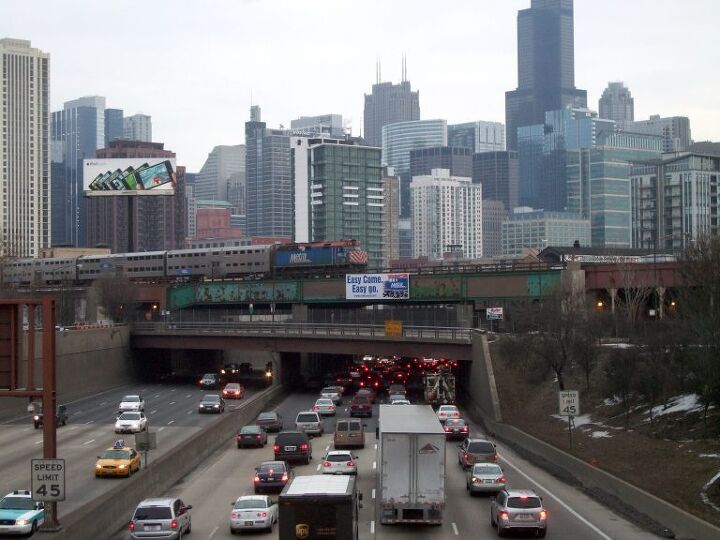















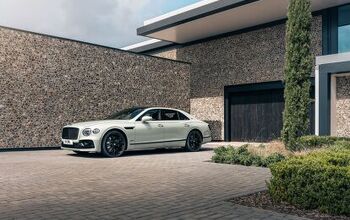
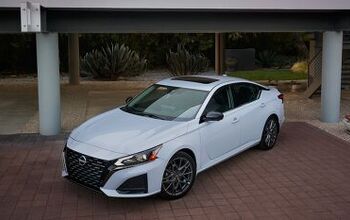


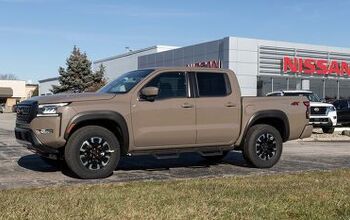
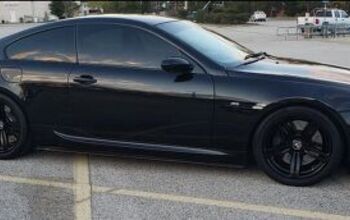
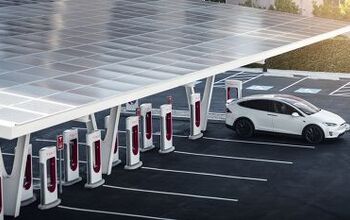

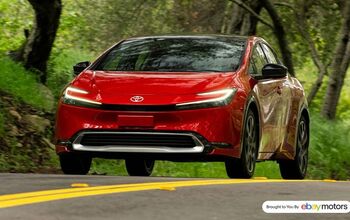


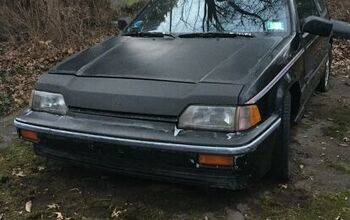
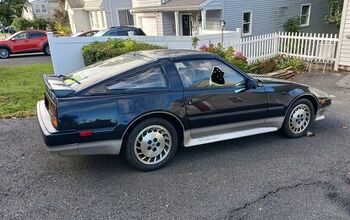
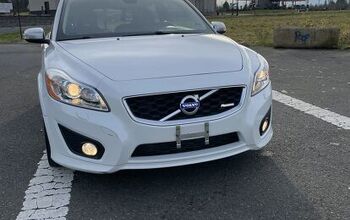

Comments
Join the conversation
TTAC: Just another political blog.
Firstly Chicago isnt the murder capital of US , its way down at 21st. secodly the FBI only collects data from places with over 100k population , so their could be some small counties with even higher murder rates ( per head of population than those cities) eg Hunt County Tx, murders 11, rate is 12.6 well above Chicago or Jefferson Co AR, 13 murders and rates 17.4